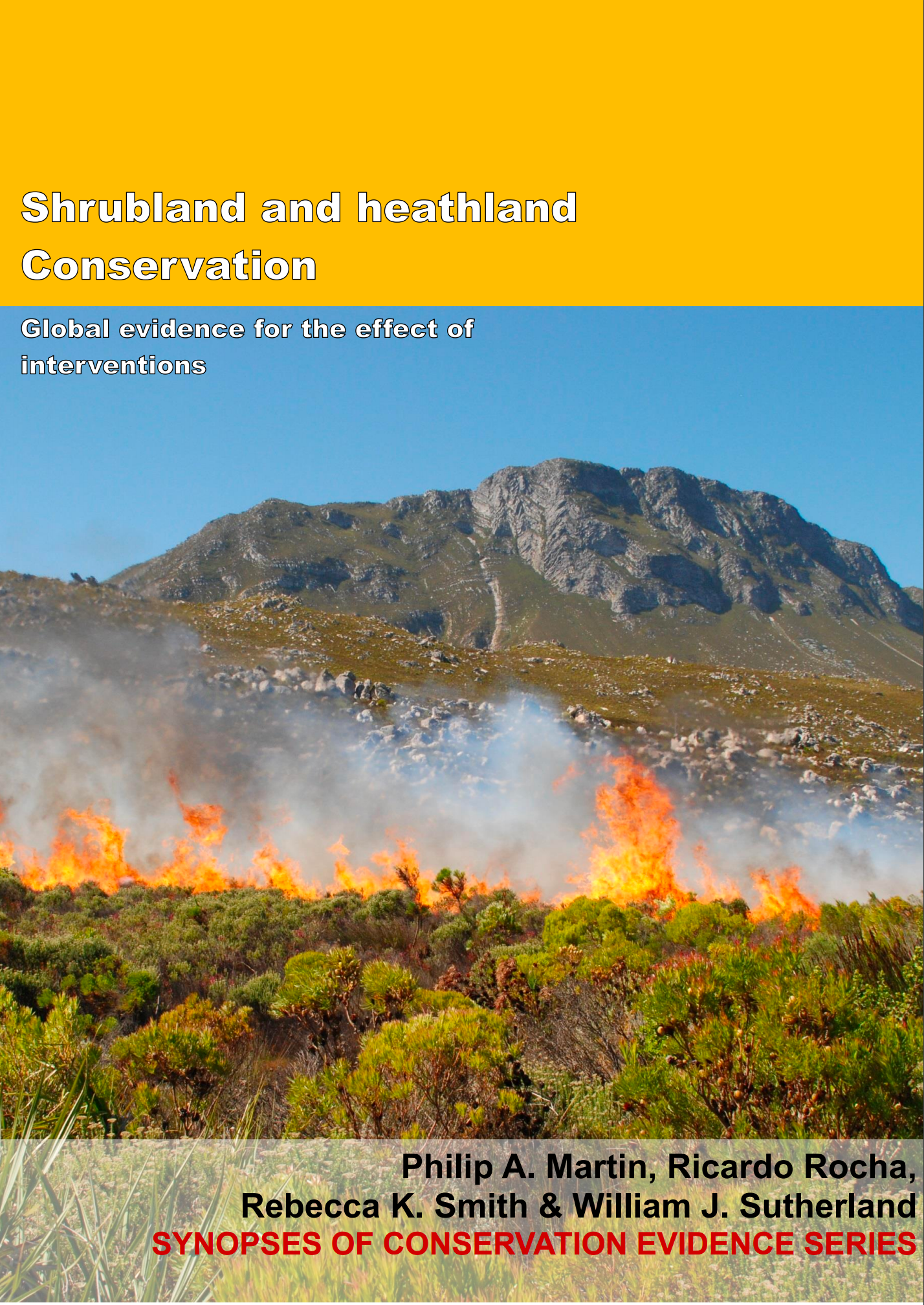Cut/mow and rotovate to control grass
-
Overall effectiveness category Unknown effectiveness (limited evidence)
-
Number of studies: 1
View assessment score
Hide assessment score
How is the evidence assessed?
-
Effectiveness
22% -
Certainty
15% -
Harms
7%
Study locations
Supporting evidence from individual studies
A controlled study in 1983–1989 in two former heathlands converted to grasslands in Dorset, UK (Smith et al. 1991) found that mowing followed by rotovating increased the number of heathland plant species in one of two cases, and increased the presence of heathland plant species in three of 16 comparisons, but increased the presence of non-heathland plant species for two of 22 comparisons. After six years and in one of two cases, areas that were mown and rotovated had a higher number of heathland plant species (6 species) than areas that were not mown and rotovated (5 species). Presence of heathland plant species was higher in areas that had been mown and rotovated than in areas that had not been mown and rotovated in two of 16 comparisons (cut: present in 10–56% of plots, uncut: present in 3–11% of plots). Presence of non-heathland plant species was higher in areas that had been mown and rotovated than in areas that had not been mown and rotovated in two of 22 comparisons (cut: present in 3–6% of plots, uncut: present in 2–4% of plots). In 1983 five 25 m2 plots were mown and rotovated and five plots were left unmown and unrotovated. In 1989 four 1 m2 quadrats divided into twenty-five 20 cm x 20 cm squares were placed in each plot and the presence of plant species in each square recorded.
Study and other actions tested
Where has this evidence come from?
List of journals searched by synopsis
All the journals searched for all synopses
This Action forms part of the Action Synopsis:
Shrubland and Heathland Conservation
Shrubland and Heathland Conservation - Published 2017
Shrubland and Heathland synopsis





)_2023.JPG)














